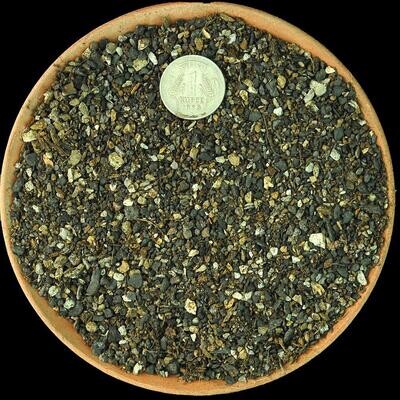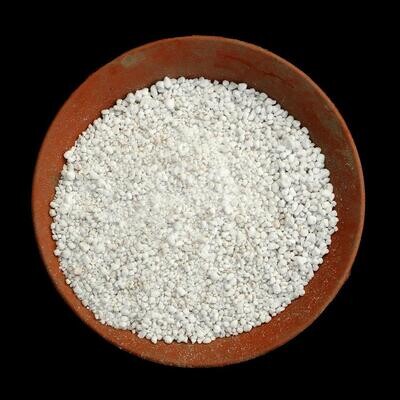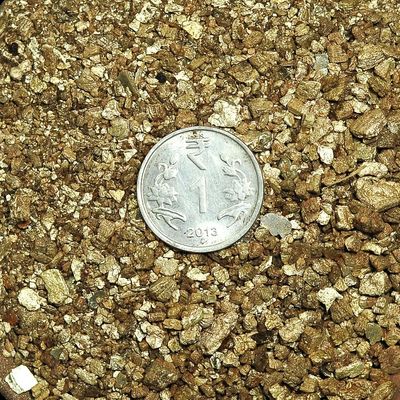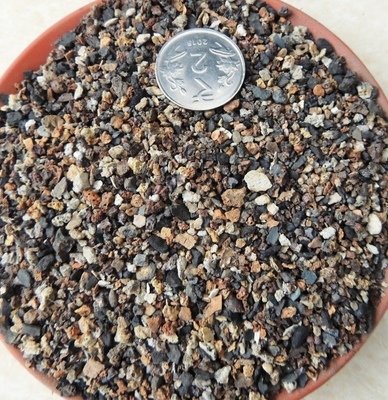Please check the Shipping Updates Page for information on shipping.
Haworthia herbacea
Origin of Name
Haworthia herbacea is a species in the Haworthia genus. The genus name 'Haworthia' honors the British botanist Adrian Hardy Haworth. The species name 'herbacea' is derived from Latin, meaning 'herb-like', possibly referring to the plant's small, grassy appearance, which differentiates it from the more robust or spiky members of the succulent family.
Technical Description of Plant
Haworthia herbacea is a small, rosette-forming succulent typically reaching about 3-5 inches in height and diameter. It forms clusters of rosettes over time, each consisting of slender, lanceolate leaves. The leaves are green, sometimes with a reddish tinge under high light conditions, and feature small white tubercles or stripes. The leaf tips are usually translucent, allowing light to pass through. Haworthia herbacea produces small, white, tubular flowers on slender, upright stalks that can be quite long compared to the size of the plant.
Origin of Plant
Haworthia herbacea is native to South Africa, particularly in the Western Cape Province. It grows in a variety of habitats, including rocky areas and grasslands, and is adapted to living in semi-arid climates. This species is often found in the shade of rocks or shrubs, which gives clues to its light preferences when cultivated.
Conservation Status
As of the last update, Haworthia herbacea is not listed as an endangered species. However, all succulents, including Haworthias, can face threats from habitat loss and over-collection. Sustainable cultivation and responsible trade practices are important for the conservation of these plants in their natural habitats.
Care Instructions
Haworthia herbacea is an easy-to-care-for plant, suitable for both beginners and experienced succulent enthusiasts. It prefers bright, indirect light but should be protected from intense direct sunlight, especially during the hottest parts of the day, to prevent scorching. The plant thrives in well-draining soil, and requires moderate watering, allowing the soil to dry completely between watering sessions. Over-watering should be avoided to prevent root rot. In winter, reduce watering significantly. This species is not frost-tolerant and should be kept in a temperate environment. Fertilization is not necessary, but a diluted succulent fertilizer can be applied sparingly during the growing season.





